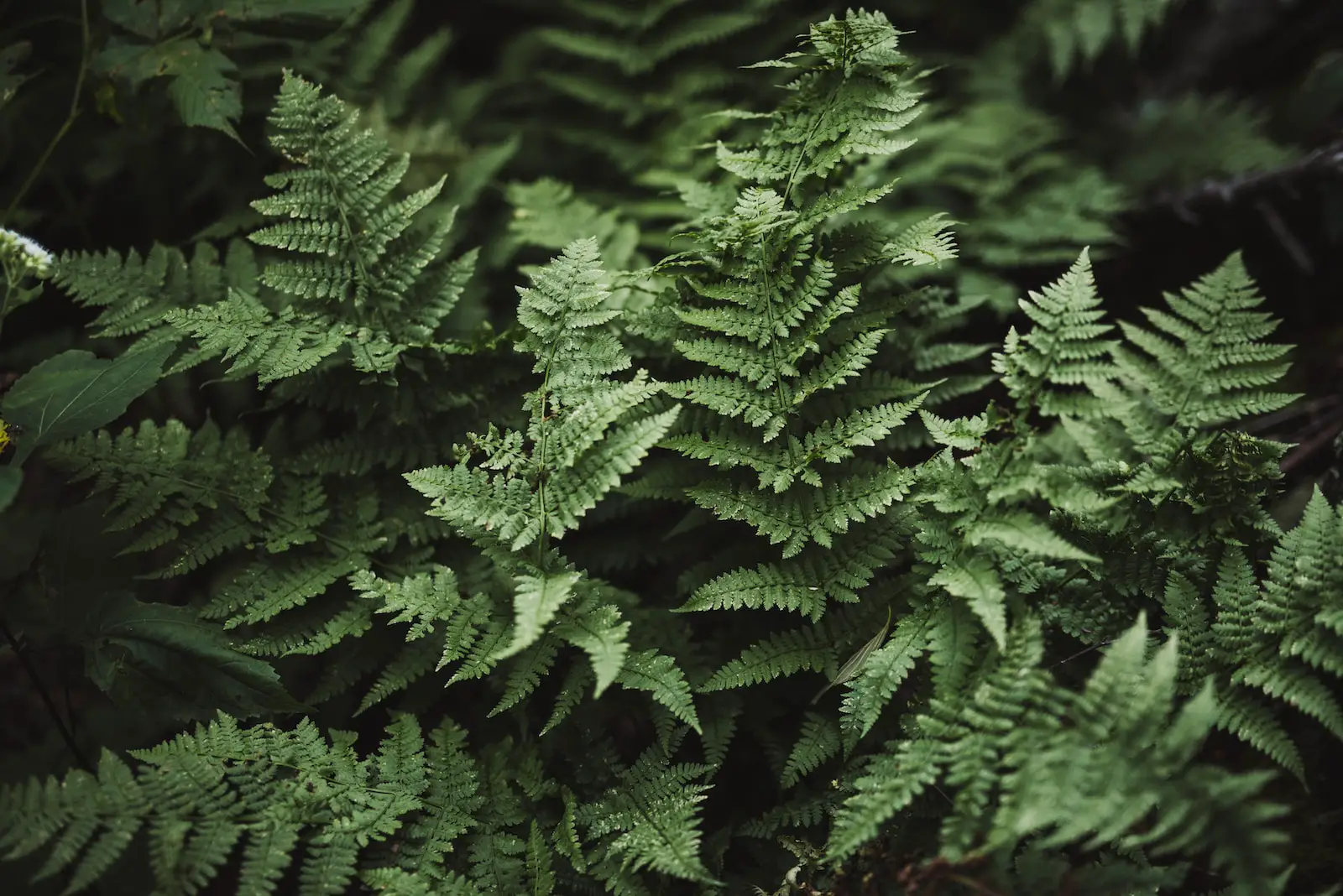The Fern Leaf Peony is a perennial plant that is renowned for its unique, feathery leaves and vibrant, aromatic flowers. As the name suggests, the plant’s leaves resemble the soft, dissected fronds of ferns, lending an elegant touch to gardens and landscapes. A native of the Caucasus Mountains and eastern Europe, the Fern Leaf Peony (Paeonia tenuifolia) offers a delightful blend of ornamental appeal and hardy temperament.
While many are familiar with the common peony, the Fern Leaf Peony stands apart with its bright red flowers and delicate foliage. The blossoms, which emerge in late spring, add an exotic flair to any garden setting. These attributes have made the Fern Leaf Peony a favorite among garden enthusiasts and plant collectors.
Compact in size and requiring relatively simple care, the Fern Leaf Peony can be a striking addition to various garden themes. Whether planted in flower beds or containers, this plant provides an intriguing focal point, sure to attract attention and admiration.
| Attribute | Details |
|---|---|
| Common Names | Fern Leaf Peony |
| Botanical Name | Paeonia tenuifolia |
| Family | Paeoniaceae |
| Plant Type | Herbaceous perennial |
| Mature Size | 1.5 – 2 feet tall |
| Sun Exposure | Full sun to partial shade |
| Soil Type | Well-drained, fertile soil |
| Hardiness Zones | 3-8 |
| Native Area | Caucasus Mountains, Eastern Europe |
Fern Leaf Peony Care
Caring for the Fern Leaf Peony is an enjoyable task for gardeners, both novice and expert. This resilient plant thrives in full sun to partial shade and appreciates well-drained, fertile soil. Regular watering at the soil level, along with the application of a slow-release fertilizer in spring, will enhance its growth and flowering. Mulching around the plant will help in retaining moisture and suppressing weeds.
While the Fern Leaf Peony is noted for its adaptability and drought tolerance, attention to its specific needs will ensure that it grows to its full potential. Proper spacing and careful handling during transplanting are essential to avoid damaging the fragile roots. Pruning is generally unnecessary, but deadheading spent flowers can encourage a neat appearance.
Light Requirement for Fern Leaf Peony
Fern Leaf Peony requires a sunny location with full sun to partial shade. Ensuring that the plant receives at least six hours of sunlight daily will promote healthy growth and flowering. Too much shade can lead to leggy growth and reduced blooming.
Soil Requirements for Fern Leaf Peony
Well-drained, fertile soil with a slightly acidic to neutral pH (6.5 to 7.0) is ideal for Fern Leaf Peony. Amending the soil with organic matter will improve its structure and enhance fertility, creating an optimal environment for the plant’s roots.
Water Requirements for Fern Leaf Peony
Consistent moisture is crucial for Fern Leaf Peony, especially during the growing season. A weekly watering schedule or watering when the soil is dry to the touch is usually sufficient. Overhead watering should be avoided to prevent potential fungal diseases.
Temperature and Humidity
Fern Leaf Peony is hardy and can withstand a wide range of temperatures. It thrives in USDA zones 3-8. Humidity does not generally pose a problem for this plant, but good air circulation can help in preventing issues.
Fertilizer
A balanced, slow-release fertilizer applied in the early spring can support the plant’s growth and flowering. Care should be taken to avoid over-fertilizing, which can lead to lush foliage at the cost of flowers.
Pruning Fern Leaf Peony
Pruning is not typically required for Fern Leaf Peony. However, removing spent flowers can enhance the appearance, and cutting back the foliage to ground level in fall can help in disease prevention.
Propagating Fern Leaf Peony
Propagation through division in the fall is a common practice. Careful division of the root clumps followed by replanting allows for multiplication and rejuvenation of the plants.
How To Grow Fern Leaf Peony From Seed
Growing Fern Leaf Peony from seed is a lengthy and meticulous process. Seeds should be sown in well-drained soil and kept moist. Cold stratification may enhance germination rates, but patience is required as seedlings might take years to flower.
Common Pests & Plant Diseases
Aphids
Aphids may infest the plant and can be controlled with insecticidal soap or natural predators.
Botrytis Blight
Proper spacing and avoidance of overhead watering can prevent this fungal disease.
Common Problems With Fern Leaf Peony
Leggy Growth
Leggy growth can be corrected by ensuring adequate sunlight.
Flowering Failure
Over-fertilizing or planting too deeply might lead to a failure to bloom.
Pro Tips
- Select a sunny spot with well-drained soil for optimal growth.
- Water at the soil level to minimize the risk of fungal diseases.
- Apply a balanced fertilizer in early spring to encourage growth and blooming.
- Use mulch to retain moisture and suppress weeds.
- Allow several years for plants grown from seed to bloom; patience pays off.




